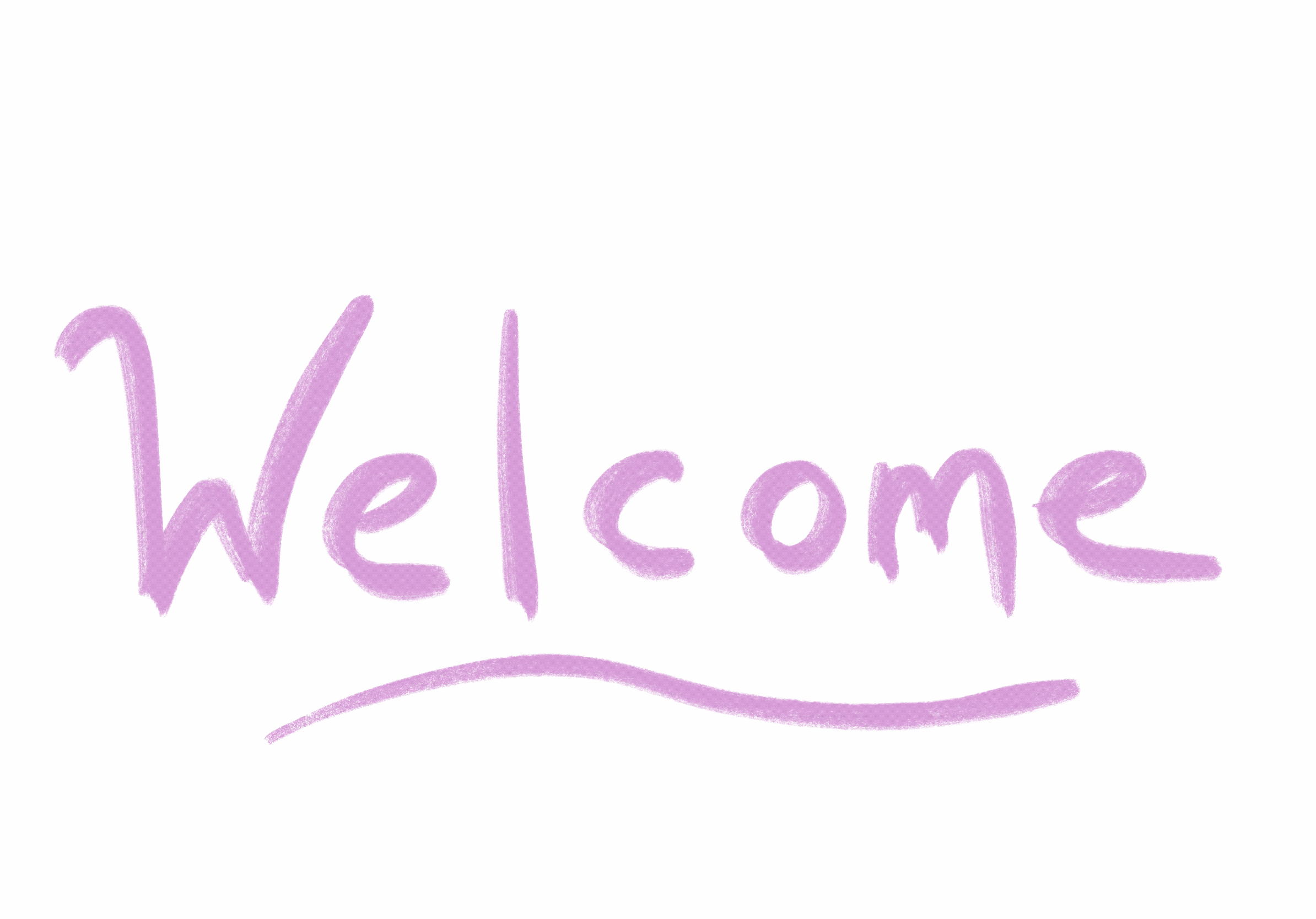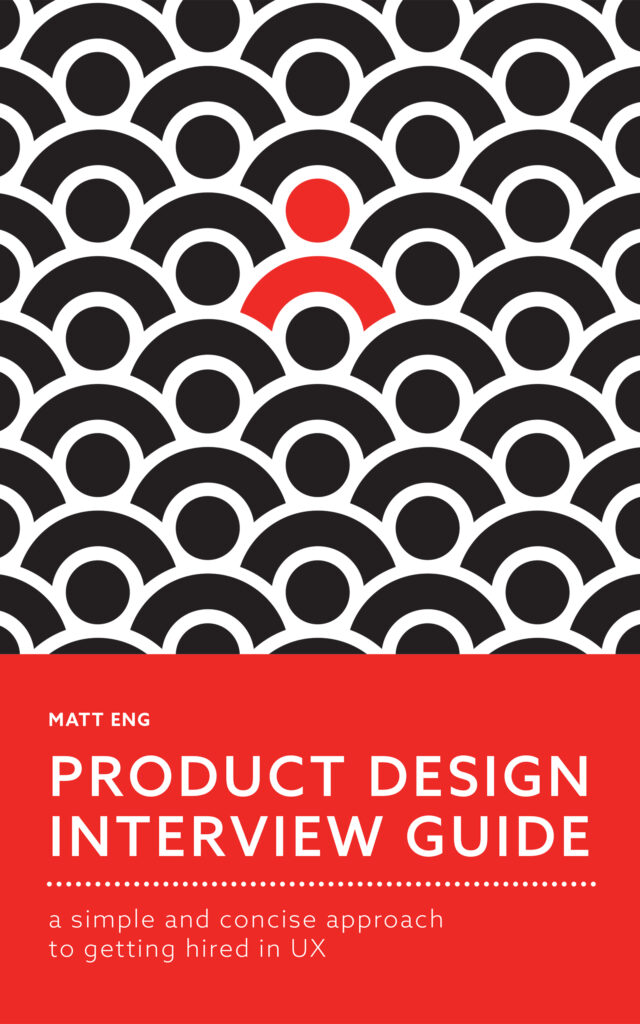During the past year as I worked to define the DesignOps role, The team will be doubling in size. The number will grow from around 20 to over 40. This type of growth often means breaking processes, discovering bottlenecks, and miscommunication. For new hires to experience this during their first weeks and months on a new team can put a strain on their ability to feel productive. To avoid as many of these problems as possible, we set out to plan and facilitate an intentionally structured onboarding experience for our new UX hires.
Learn more about how I defined my current DesignOps manager role.
Why is structured onboarding important?
The goal should be to get the right people on the team, get them up to a productive level, and keep people on the team. Given the competitive nature of the tech industry and the difficulty of finding experienced UX professionals, there are plenty of opportunities available in the UX industry. The availability of UX positions may explain some of the expected turnovers. In 2019, 27% of the U.S. workforce (42 million people) left their jobs voluntarily.
What is the cost of turnover?
According to a study published on the Zenefits blog, the higher the pay or salary, the higher the costs are to the company.
The costs associated with turnover are loss of productivity and engagement, lost domain expertise, and added strain on the remaining team to cover the work to avoid delays. There are also cultural impacts on the direct team. Those who worked closely with the person leaving start to question if they should stay or start looking for other opportunities too.

How does this impact UX directly?
Also, there is a UX maturity problem. There are plenty of positions opening up as companies invest more in building their UX teams. There is also a flood of new UXers graduating from 4-year universities, 2-year colleges, and boot camps. At the same time, the product development and service industries that want to adopt better UX practices are still trying to understand what UXers actually do.
41% of companies surveyed in InVision’s study on UX maturity said that they were only used for visual aspects of the product.
“All I need are mockups”
A common thing for new UXers to complain about is that they do a lot of training but rarely use it at work. Their PMs or DEV teams only ask for mockups. They don’t understand the need for UX research. Not all teams exist in mature UX environments. More often than not, UX teams are building their own practices, advocating for the value of their work, and trying to cover the mountain of demand.
Structured onboarding can help retention
If a company does a structured onboarding, new hires are 58% more likely to stay with the company over three years. A well-planned and standardized onboarding program can help increase engagement, build stronger social ties, and get the new hire contributing and productive faster. A well-thought-out and coordinated onboarding program will show your new hires that you care and value them.
What is a structured onboarding program?
Even if you are new to your UX career, you probably have experienced some form of onboarding. Gathered from anecdotal reflections from my colleagues and my own experience, most companies lay out their onboarding based on time and information importance (to the company). So, we often see Human Resource material such as contracts, compliance training, healthcare, and retirement within the first few days. Then the hiring team floods the new hire with calendar invites and a pile of work.
A structured onboarding should follow a framework to avoid information overload, and help the new hire feel valued. Key points of a framework outlined in the Workest blog include the following below.
The key is to start even before you hire someone
How did we organize it?
The natural inclination for onboarding is to start with the first days and weeks the new hires start working with your team. The key is to start even before you hire someone, mobilize key people before the first day, and organize information exposure over the next few months.
Before we hire
It is crucial to hire people that understand the task at hand when joining a team in growth mode. Joining a UX team with an established practice is very different than joining one that needs to refine how it works. We quickly focused our approach during the interview process to look for people who want to buid things and add to the culture of the team.
Before day one
Get things ordered and scheduled for your new hires to welcome them on their first days.
- Order computer, monitor, keyboard, and mouse
- Send out swag box
- Order software
- Give them access to files
- Invite them to team meetings
- Set them up with an onboarding buddy
Onboarding buddies are volunteers on the team that are available to answer questions such as, “where is…, what is… how do I…” In general, they are there to check in and make sure the new hires feel welcome.
Day one
The first day is usually filled with HR (human resource management) training, signing agreements, health care documentation,and so on. Nonetheless, new people are eager to jump into the work and get to know the rest of the team.
- Send a welcome email
- Send onboarding buddy email
- Add new hires to key team chat channels with a big welcome message
- Organize a team lunch
- Hiring manager check-in at the end of the day
The first-day email from the team should be an obvious starting point for the new hires. Our Research Ops manager crafted an email with the subject line, “READ ME FIRST.” I have since co-opted it into one for every new team member to point them in the direction of key onboarding resources, the team page, and important meetings. Team lunches may be difficult if everyone is not co-located. In the past with other companies, we have done local team lunch or even one on Zoom.
End of week one
- Check-in on how the week had gone
- Schedule a happy hour or some other kind of team social event
The next two to four weeks
- Set up regular 1:1’s
- Introduce the new hires to the PMs and DEVs they will be working closely
- Participate in regular design critiques
- Attend stakeholder project reviews
- Join demo days
At the end of the first month
- Ask for feedback on what needs improvement with onboarding
- Get new hires on their first projects
The next two to three months
At this point, new hires should be in regular meetings and producing work. It is also when people discover more about a company, their team, and themselves that was not evident during the interview process or the initial onboarding. In a lot of cases, this refers to weaknesses and the reason why the team needed to hire.
- Learn about the organizational culture
- Outline the current process for getting UX priorities, implementing the UX process, and getting UX work released
- Surface all of the past and present initiatives to improve the current process
This is an outline for an internal research project. It will help new hires understand the state of affairs for UX maturity. It will also communicate where the team struggles and where the new hires can contribute.
The next six to nine months
By the six-month point, new hires should have a firm grip on their work, the team practices, and a clear idea of their roles and responsibilities. At this point, they should start thinking about their career path and what goals they need to set.
What have we learned?
As the DesignOps manager, I have the luxury of being able to focus on refining experiences such as onboarding. For the past year, I have been meeting with every new hire during their first week, after 30 days, and after 60 days. In each session, I model a typical Agile standup with these questions.
- What is working well with your onboarding experience?
- What needs improvement?
- How can I help you more with your work?
So far, I have had at least one session with 13 people. Over half of the group has already gone through the first 60 days of check-in. Here are initial observations from their onboarding experience.
Things that worked
- Everyone expressed gratitude for the team that has helped them onboard.
- Most of them stated that the onboarding resources such as the onboarding site and onboarding buddy were useful.
- Checklists for the team are helpful for managers and the rest of the team on what they need to do for the new hires.
Things that need improvement
- Everyone will still experience information overload. They need resources to help them understand our products and services and the acronyms we use.
- Onboarding buddies are easier to connect with if they are in the same timezone as the new hires.
Closing thoughts on structured onboarding
If a company does onboarding at all, the thought is to get the new hires to understand the work they will have to do. The approach that we have found to be more effective with structured onboarding is to also introduce them to the elements of the job that also influence productivity, the people, and the culture. By acknowledging the new hires are joining a growing team that needs help, they can find a place to contribute back.
Sign Up Today
Get insights and resources in your inbox before I publish them!

